The education and skills programme aims to bring a broader range of people into the conversation about new technologies through interactive workshops, hands-on activities and online resources.
Get Started for FREE
Sign up with Facebook Sign up with X
I don't have a Facebook or a X account
 Your new post is loading... Your new post is loading...
 Your new post is loading... Your new post is loading...

Richard Platt's curator insight,
May 4, 2018 5:46 AM
"It was a necessity," says the vineyard's agronomist, Julio Prieto. "I make a number of in-situ measurements. Coupling them with data provided by stations and soil sensors can help us obtain crucial information to make early decisions for greater efficiency and lower production costs," he tells ZDNet. Working with remOT Technologies, a spin-off of the University of Zaragoza in northeast Spain specializing in agricultural measurement, Pago Aylés has embarked on an IoT project to "model the future", as Prieto says. The project aims to obtain predictive behavior patterns in the vineyard relating to grape quality, production, biological cycles, potential pests, and plant diseases. The IoT technology has been provided by Libelium, a Zaragoza company created by Alicia Asín and David Gascón in 2006, which sells a hardware and software platform to "connect any sensor to any cloud using any wireless technology", including industrial protocols such as CAN bus.

Judy Curtis / SIPR's curator insight,
February 14, 2018 5:36 PM
The threat of automated IoT vulnerability finders is a genuine concern. "Absolutely it is coming," says Anders Fogh, a malware analyst for the German security firm GData. "We are waiting for the vendors to realize that security is relevant. They need a dose of bitter medicine." Other researchers are beginning to work on large scale IoT firmware analysis and automatic n-day mining projects as well, acknowledging a future in which attackers can fully exploit IoT vulnerability.

Judy Curtis / SIPR's curator insight,
February 14, 2018 5:47 PM
Discussions about the Internet of Things (IoT) often focus on a “Security vs. Privacy” paradigm. However, last month author Susan Landau emphasized instead that discussions should focus on “Security vs. Security” at a New America event titled Listening In: Cybersecurity in an Insecure Age. In her same-titled book, Landau’s historical perspective, legislative knowledge, and cyberattack descriptions make a convincing case for the need to secure our data. She describes how security has matured slowly leading up to today’s strong-encryption found in corporate, government, and military environments.
|

Guy Lagaeysse's curator insight,
January 18, 2019 9:14 AM
La population des villes est en constante augmentation (55 % de la population mondiale vit dans des villes).
Les villes sont amenées à devenir un moteur encore plus important de l'économie mondiale et de la richesse; Elles doivent se transformer pour améliorer la qualité, la performance et l'interactivité des ses services, réduire les coûts et la consommation de ressources et accroître les contacts entre les citoyens et le gouvernement.

Vezta & Co.'s curator insight,
September 30, 2018 4:00 PM
One challenge is that many companies deploying IoT PoCs give short shrift to security until they are focused on rolling it out to the production scale. Nevertheless, interest in IoT cybersecurity is building given a growing number of hacks with an IoT component. But addressing the problem isn’t easy. Like IoT itself, there are few one-size-fits-all solutions when it comes to IoT security.

Vezta & Co.'s curator insight,
August 30, 2018 10:46 AM
So how does a management team decide what it wants from the IoT? For Stacey Higginbotham, writing in IEEE Spectrum, there are two paths here. The first is to start small with a project that can offer a short-term return on investment (ROI). In a factory, this could mean installing cameras and sensors on a manufacturing line to replace human spot-checkers. The second path is a bit more visionary: Build a platform or product that can change your entire business model. For example, in 2015 Emerson Climate Technologies launched a new connected product in its HVAC business. With US $100 worth of sensors per home, the HVAC installer and Emerson could guarantee a period of time that a customer’s heating or cooling system would operate before needing repairs. |




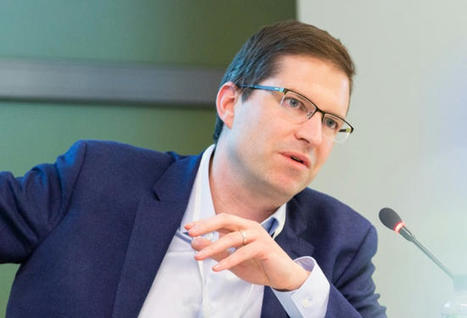

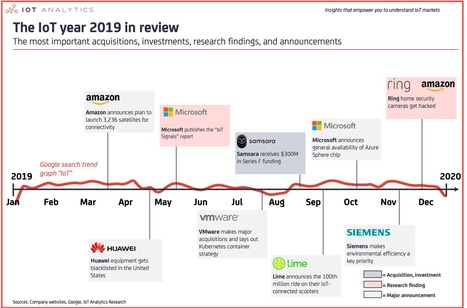


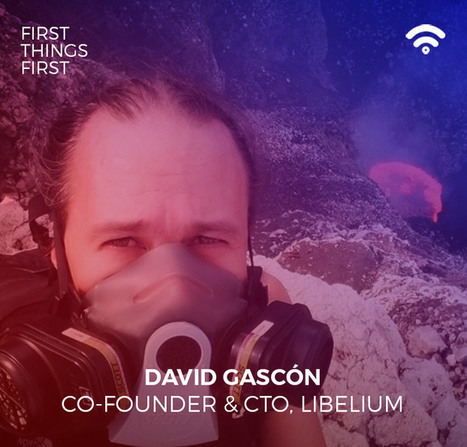


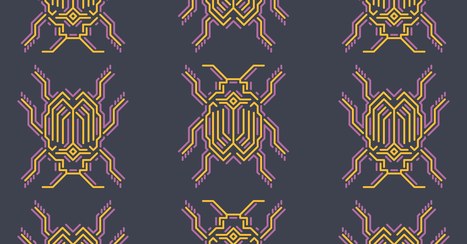
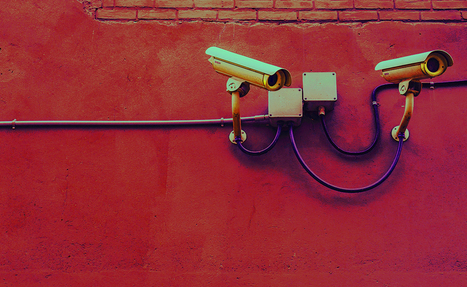
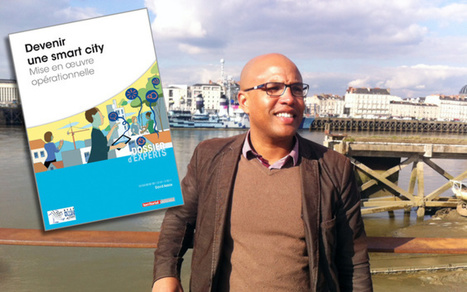

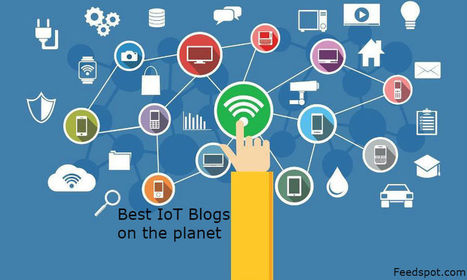


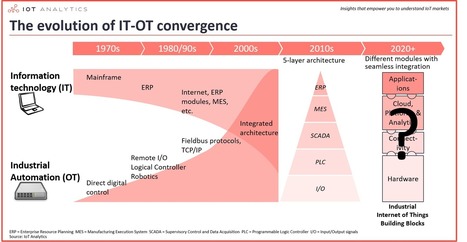
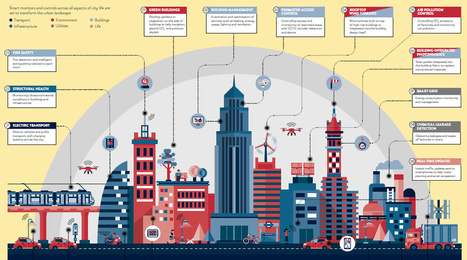
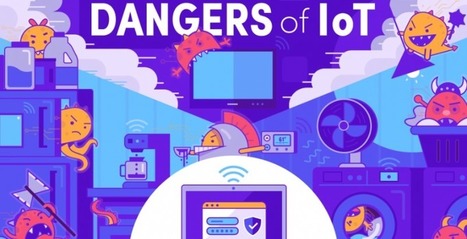

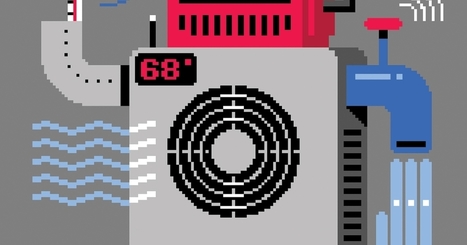



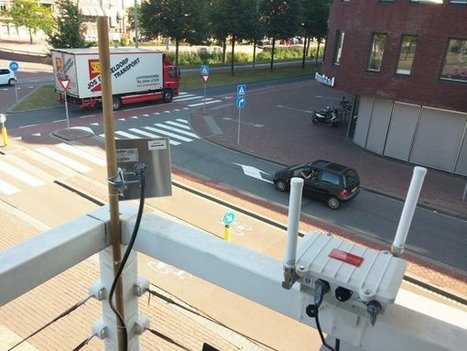







Dublin has a range of cutting-edge technology projects underway, but the one that Smart City Program Manager Jamie Cudden is particularly excited about is the Academy of the Near Future.
The education and skills programme, a collaboration between CONNECT at Trinity College Dublin, Dublin City Council and the Smart Docklands testbed, aims to bring a broader range of people into the conversation about new technologies through interactive workshops, hands-on activities and online resources.
“There’s all this technology and it’s moving so fast, but we need to educate people in the public sector and citizens about the potential of these technologies, what the risks are and how we can make the most of new tools,” Cudden says.
While there are a growing number of academic courses about smart cities and data, Cudden saw a gap for practical sessions based on real-life implementations and experience. Through the Academy, local authority staff and secondary school students get the chance to see sensors in action, understand how they work and prototype their own solutions.